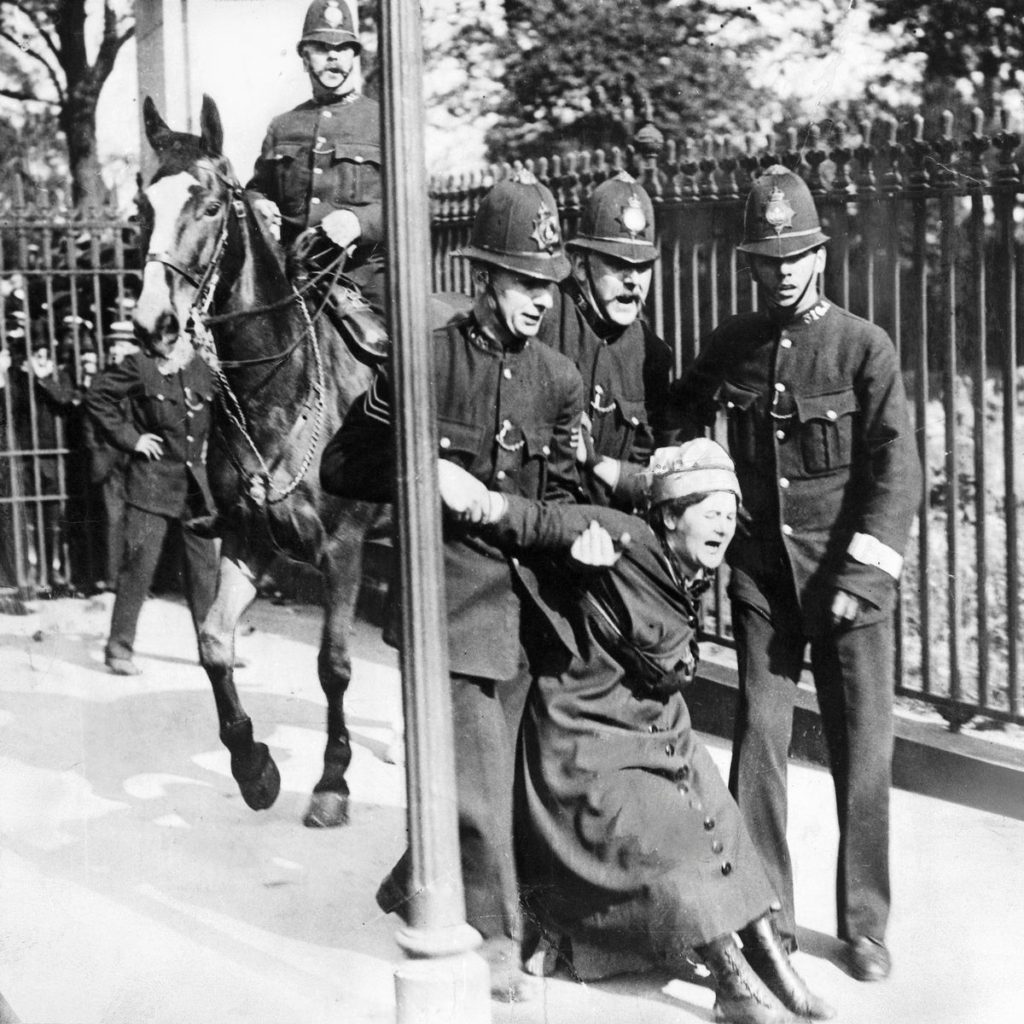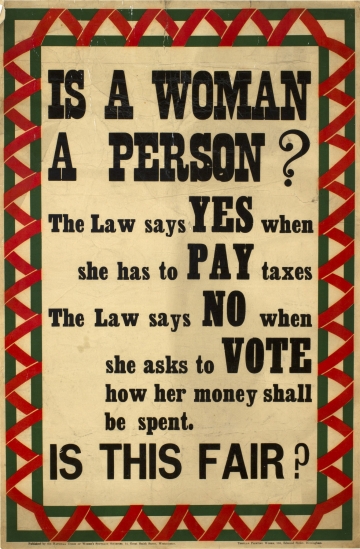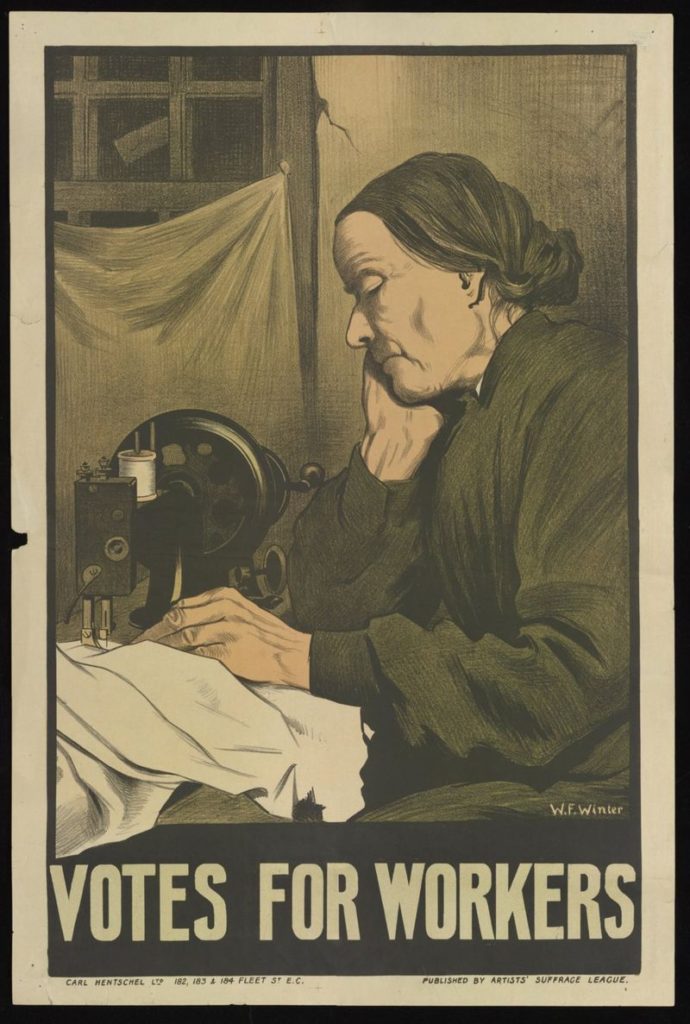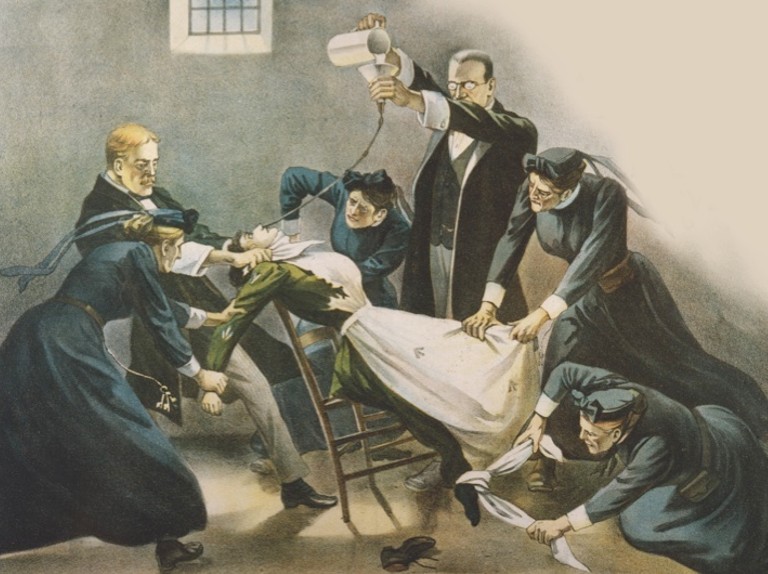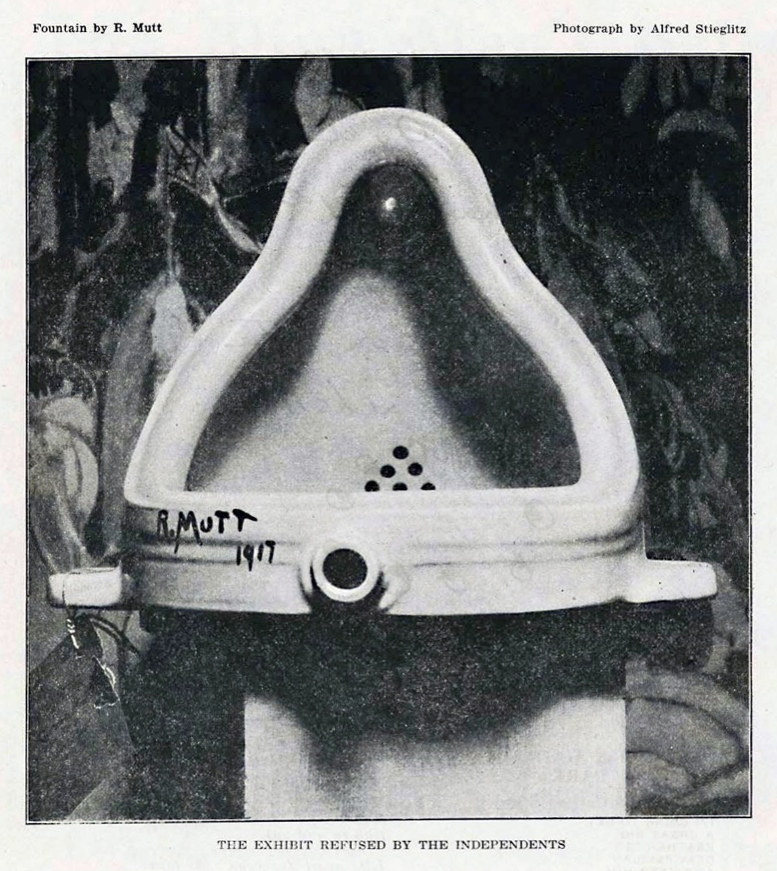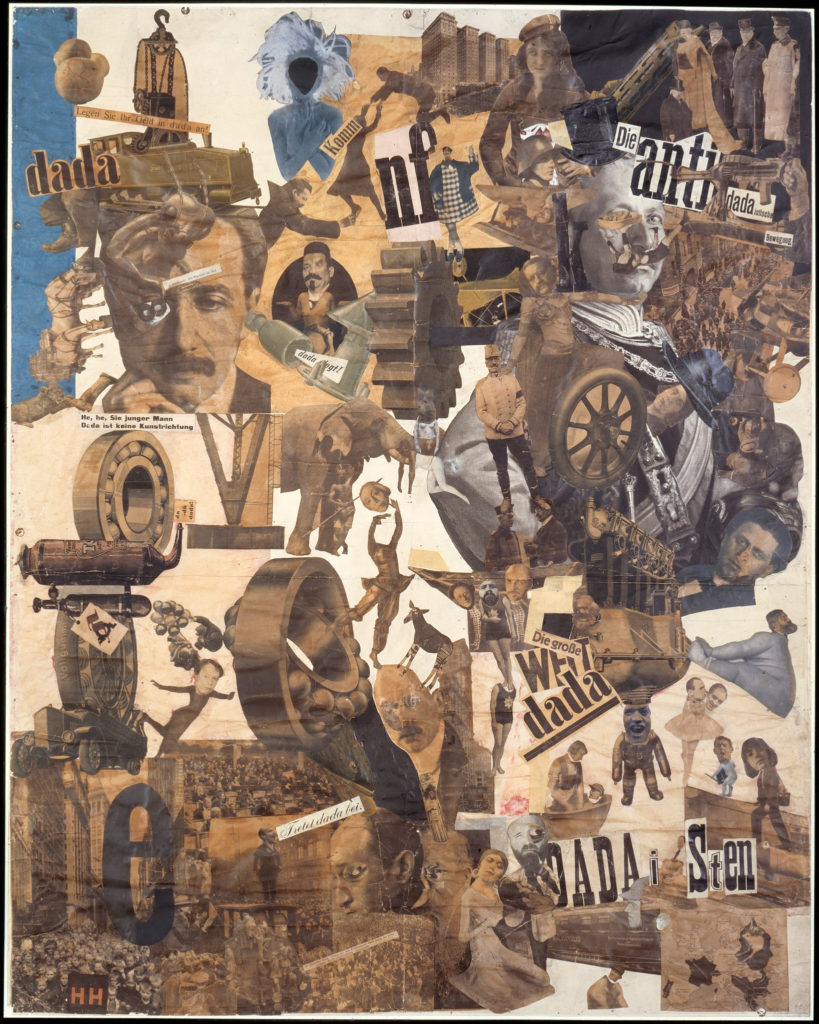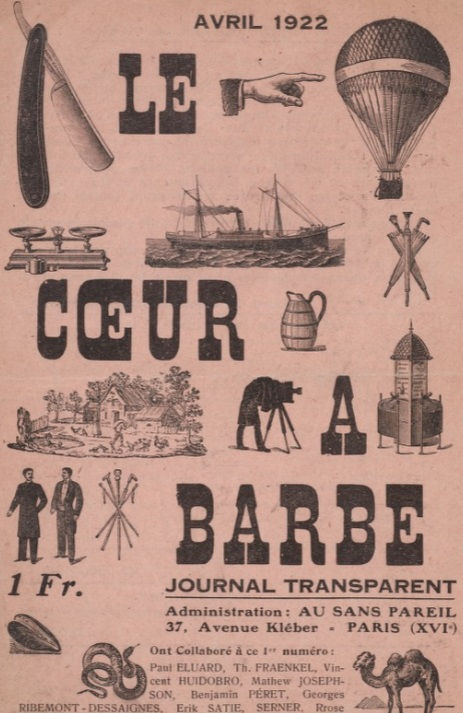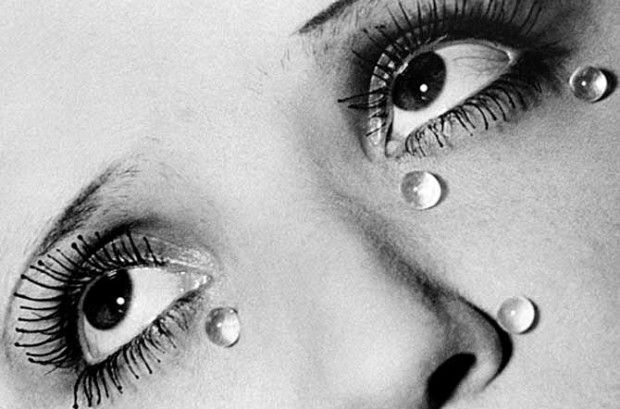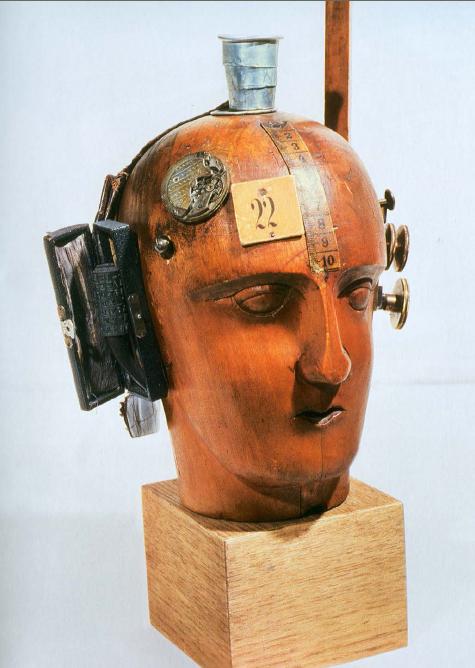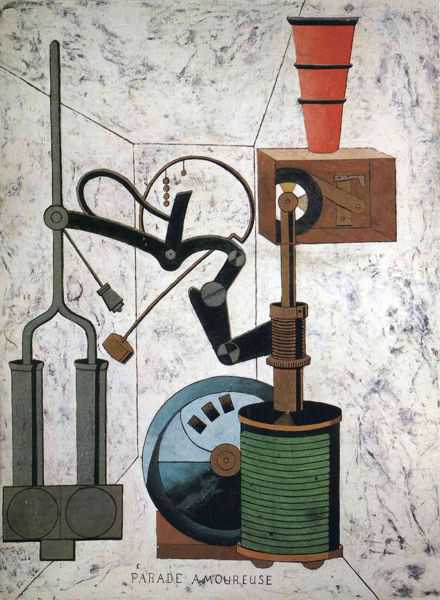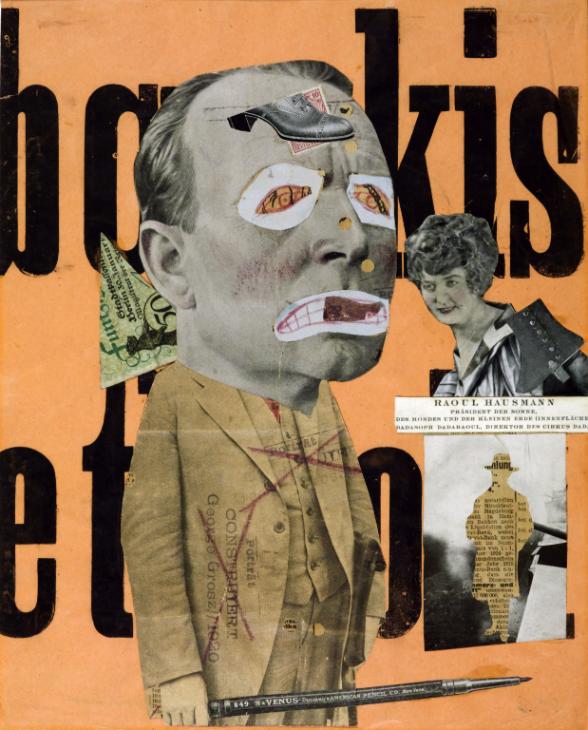THE SUFFRAGETTES-
The women’s suffrage movement was a women’s organisation in the early 20th century who’s main goal was to gain the right to vote for all women and to have more equality between the sexes. Women in this activist group were either called suffragettes or suffragists; suffragists were more pacifist and focused on getting their right to vote through legal campaigning, and the suffragettes were more intent to using direct action and more militant civil disobedience (which ended up working more).


Police lead away a few Suffragettes, arrested for chaining themselves to the railings of Buckingham Palace, to draw attention to their cause, 21st May 1914
Well-known suffragettes include Emmeline Pankhurst, who founded and organised the main women’s suffrage group in Great Britain. She introduced the phrase “deeds not words” which became one of the most iconic phrases of the movement. She and her group (the Women’s Social and Political Union, later the Women’s Party) became known for their physical confrontations- smashing windows and burning buildings, assaulting police officers, chaining themselves to railings, and when they were imprisoned they went on hunger strike so often and to such an extreme that the government passed a law allowing prison officers to force-feed them, often in such a violent manner that the women suffered broken teeth, bleeding, choking, vomiting and other serious and permanent conditions as a result.
After the women’s right to vote was granted in 1918 (only for those over the age of 30 who were householders, the wives of householders, occupiers of property with an annual rent of £5, or graduates of British universities), she changed her organisation’s name to the Women’s Party and focused on equal marriage laws, equal pay for equal work, equal job opportunities and a more equal right to vote, as men could vote from the age of 21 and without the need to own property at this time.
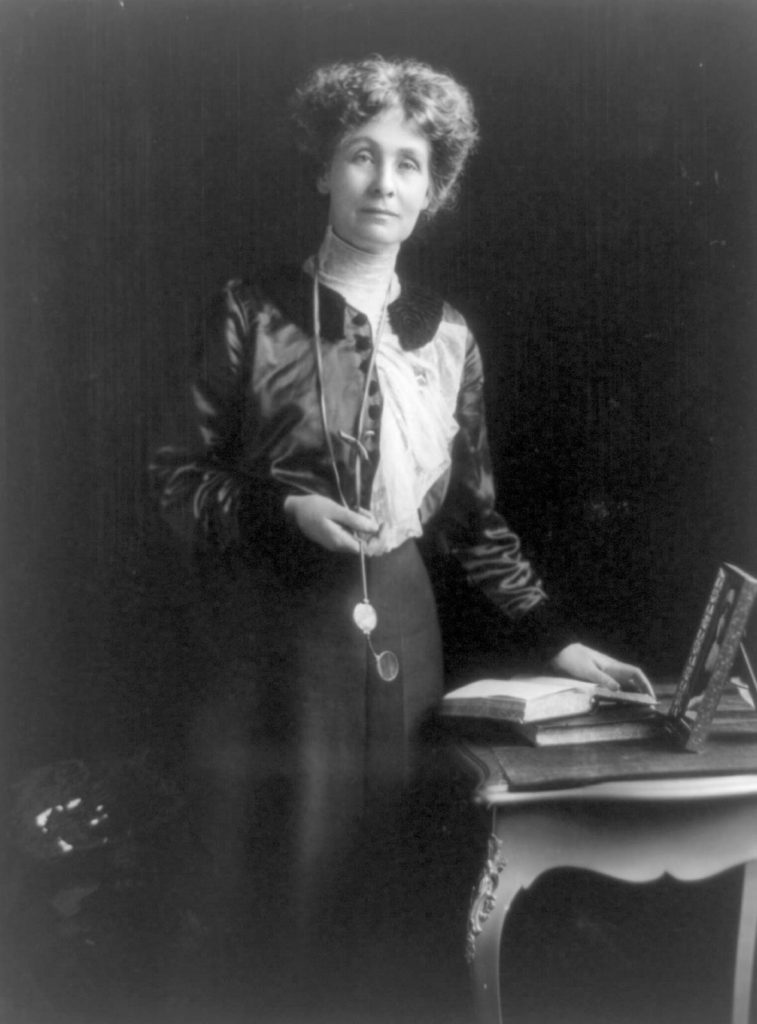
Emmeline Pankhurst 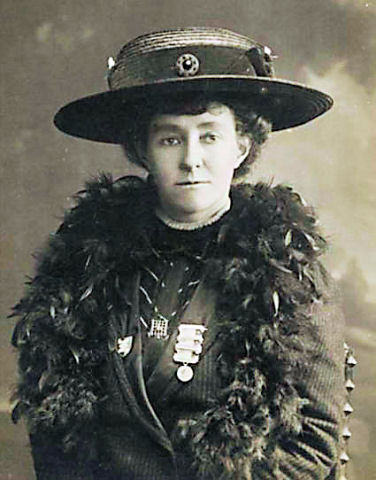
Emily Davison
Emily Davison was another well-known suffragette, but she is known for a more tragic reason. Throughout the course of her time as part of the women’s suffrage movement, specifically the WSPU (Women’s Social and Political Union), she was arrested nine times, went on hunger strike seven times, and was force-fed in jail forty-nine times. She was known in the movement for her strong militant actions, such as throwing stones, breaking windows, setting fire to postboxes, and even hiding overnight in the Palace of Westminster, but she is most known for the way she died.
During the Derby race is 1913 she ran onto the course, right before the final stretch, and collided with the King’s horse, Anmer, and knocked unconscious. Both Davison and the jockey, Herbert Jones, were rushed to hospital. Jones suffered a concussion and few other injuries, and was released from hospital within a couple weeks to race at the Ascot, but Davison died of her injuries on the 8th June 1913. There is speculation as to why she ran onto the racetrack in the first place: some say it was suicide (although there is little to no evidence of this), others use camera footage from the event to say that she was trying to attach a suffragette flag to the horse, but either way, Emily Davison was the most notable martyr for the women’s suffrage movement.
The women used propaganda to their advantage, publishing postcards and posters with simple illustrations showing their ideals, message and general encouragement to other women to join the cause. There was also a lot of propaganda use by the government and other independent groups against them, portraying them all as ugly, old, and stupid, and stating that if women got the vote men would be forced to stay at home and do all of the household tasks that women were traditionally expected to do.
Many anti-suffragette propaganda posters and postcards also called men who supported the movement weak, cowardly pushovers who were controlled by their wives, and generally just ridicules the legitimacy of the movement. This was mainly done through illustrations, as the only images readily available were in the newspapers, and were often of arrests and protests.
LINKS-
https://www.historyextra.com/period/edwardian/cat-mouse-force-feeding-suffragettes-hunger-strike/
https://www.telegraph.co.uk/film/suffragette/suffragette_timeline/
DADAISM-
Dadaism is an avant-garde art movement originating in Europe after the First World War, directly and explicitly opposing the senseless war and the attitudes that led to it. It can be described as “anti-art” and is linked to absurdism, ironic humour, randomness and general nonsense. Dadaist artists often rejected the traditional, capitalist and logical values of society at the time, and instead had far more left-leaning political messages and used irrationality and anti-bourgeois ideas.
It crossed many different art styles, including collage, sound poetry, cut-up writing, and sculpture. Notable artists in the movement included Marcel Duchamp, Hannah Hoch, Man Ray, Tristan Tzara and many more.
IMAGE ANALYSIS-
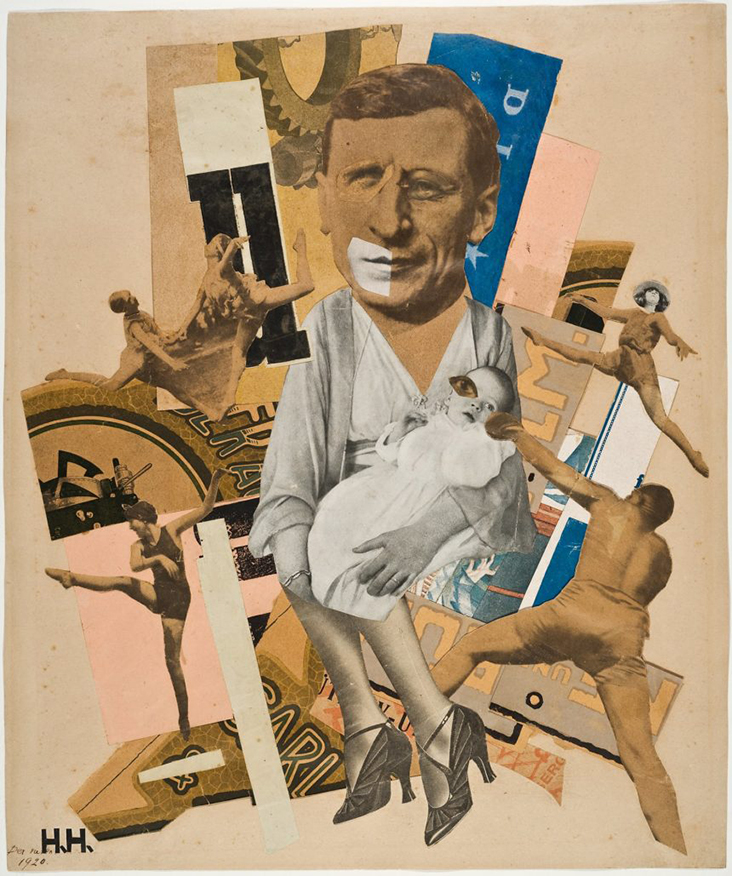
This image was created by Hannah Hoch through the medium of photomontage, or collage. She cut up images from various different publications and stuck them together in a way that often seemed nonsensical (and sometimes probably was) but which also portrayed strong messages of anti-authority, rebellion against traditional society including men and women’s perceived roles, and anti-war sentiment. For example, in the image above she features a man holding a baby wearing women’s heels, which was a rejection of the common idea at the time that women should be the main homemakers and caregivers and that men weren’t to be involved in raising children. Around the centre of the image are figures leaping and dancing, which adds an even greater sense of nonsense and ridiculousness, almost mocking even. Hoch was a German artist living during the time of the Weimar Republic, and later, Nazi Germany, so much of her work was mocking both the Weimar and the Nazi government’s failures and ideologies. She often ridiculed the Nazi idea of racial purity as well as just general western standards of beauty, femininity and masculinity.
LINKS-
https://www.smithsonianmag.com/arts-culture/dada-115169154/
https://www.theguardian.com/artanddesign/2014/jan/13/hannah-hoch-whitechapel-review

